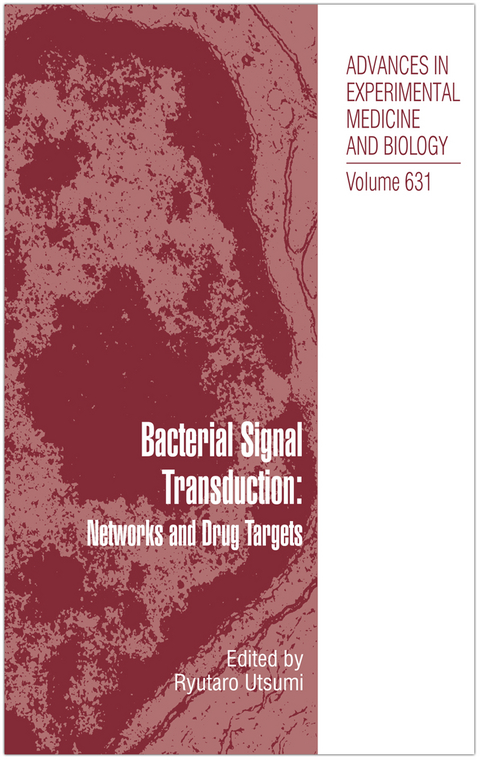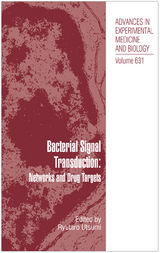Bacterial Signal Transduction: Networks and Drug Targets
Springer-Verlag New York Inc.
978-0-387-78884-5 (ISBN)
A decade has passed since Drs. Hoch and Silhavy edited their comprehensive work entitled Two-Component Signal Transduction. This fascinating book encour- aged many microbiologists and students to enter the new worldofsignal transduction in microbiology. In 2003, Dr. Inouye edited Histidine Kinase in Signal Transduc- tion, which focused on histidine kinases and presented the wealth ofinformation accumulated on this protein family. Bacteria usually possess a numberofTwo-Component Systems (TCSs), rang- ing from a few to over 100. InE. coli, 29 histidine kinases, 32 response regulators, and 1histidine-containing phosphor transmitter (HPt) domain have been found by analyses ofthe K-12 genome. Several examples ofin vitro and in vivo cross-talks and signal transductioncascadesbetweenTCSs inE. coli have beenreported,which suggests the existence ofa TCS network (Chapter 1). Interactions among different TCSs enable one system to respond to multiple signals, which is important for bacteria to minutely adjust themselves to complex environmental changes. Such interactions are found or predicted in various bacteria in this book.
Many ofthese interactions might be connected by small proteins such as B1500(Chapter 1)and PmrD (Chapter2). More examplesofsuch proteins should be identified in the near future in order to fill-in the missing parts ofthe bacterial signal transduction network, a new paradigm that is increasingly recognized as the signal transduction pathway in bacterial cells. For drug discovery, this pathway is consideredas important as the signal transductionpathway in animal cells (Chapters 15 and 16).
to Bacterial Signal Transduction Networks.- The PhoQ/PhoP Regulatory Network of Salmonella enterica.- Structural Basis of the Signal Transduction in the Two-Component System.- The Two-Component Network and the General Stress Sigma Factor RpoS (?S) in Escherichia coli.- Small RNAs Controlled by Two-Component Systems.- Two-Component Signaling and Gram Negative Envelope Stress Response Systems.- Dual Regulation with Ser/Thr Kinase Cascade and a His/Asp TCS in Myxococcus xanthus.- Two-Component Signaling Systems and Cell Cycle Control in Caulobacter crescentus.- RegB/RegA, A Global Redox-Responding Two-Component System.- The BvgS/BvgA Phosphorelay System of Pathogenic Bordetellae.- Capturing the VirA/VirG TCS of Agrobacterium tumefaciens.- Quorum Sensing and Biofilm Formation by Streptococcus mutans.- The Roles of Two-Component Systems in Virulence of Pathogenic Escherichia coli and Shigella spp..- Vancomycin Resistance VanS/VanR Two-Component Systems.- Tearing Down the Wall: Peptidoglycan Metabolism and the WalK/WalR (YycG/YycF) Essential Two-Component System.- Inhibitors Targeting Two-Component Signal Transduction.
| Reihe/Serie | Advances in Experimental Medicine and Biology ; 631 |
|---|---|
| Zusatzinfo | XVII, 242 p. |
| Verlagsort | New York, NY |
| Sprache | englisch |
| Maße | 170 x 244 mm |
| Themenwelt | Medizin / Pharmazie ► Medizinische Fachgebiete ► Mikrobiologie / Infektologie / Reisemedizin |
| Medizin / Pharmazie ► Studium | |
| ISBN-10 | 0-387-78884-0 / 0387788840 |
| ISBN-13 | 978-0-387-78884-5 / 9780387788845 |
| Zustand | Neuware |
| Haben Sie eine Frage zum Produkt? |
aus dem Bereich




